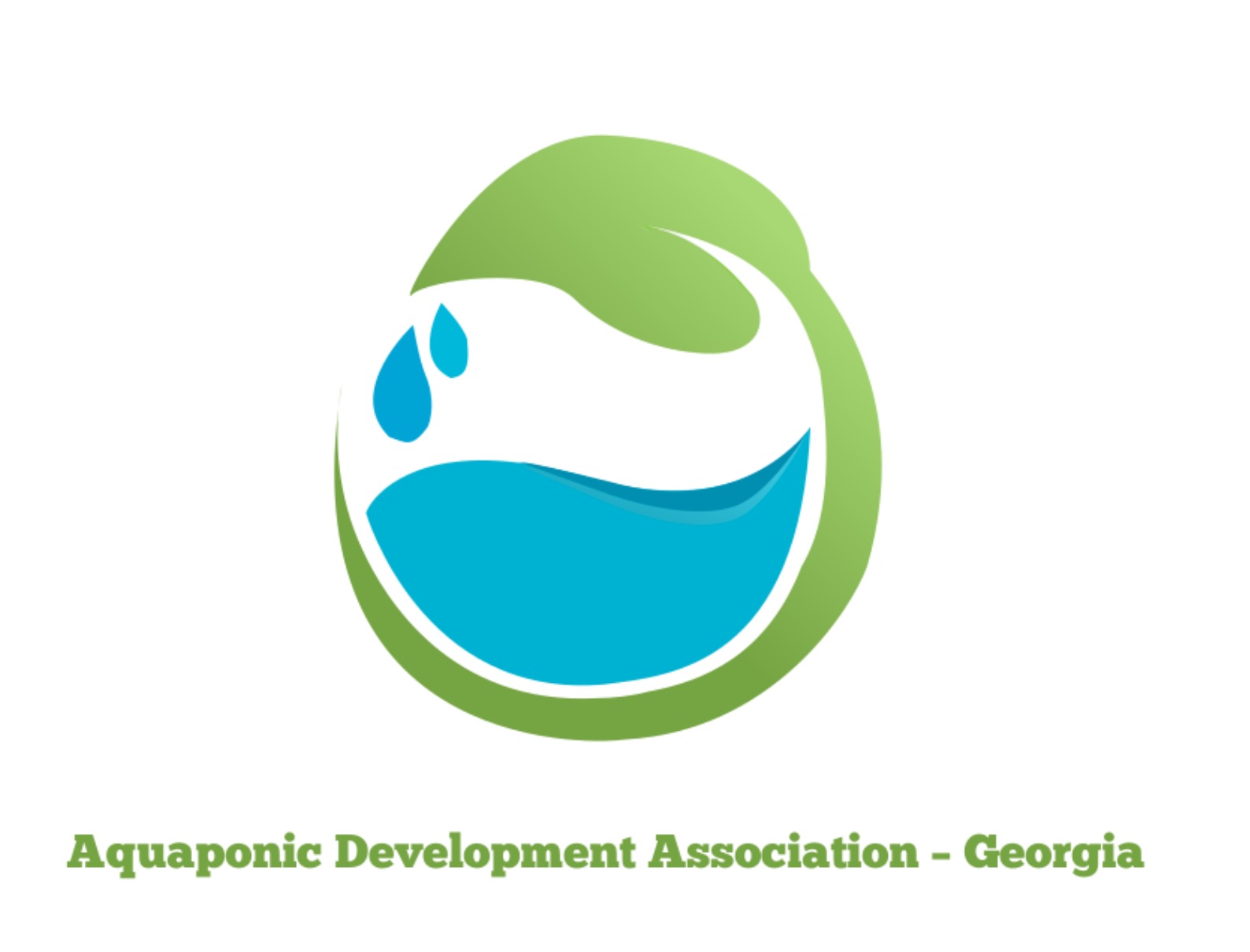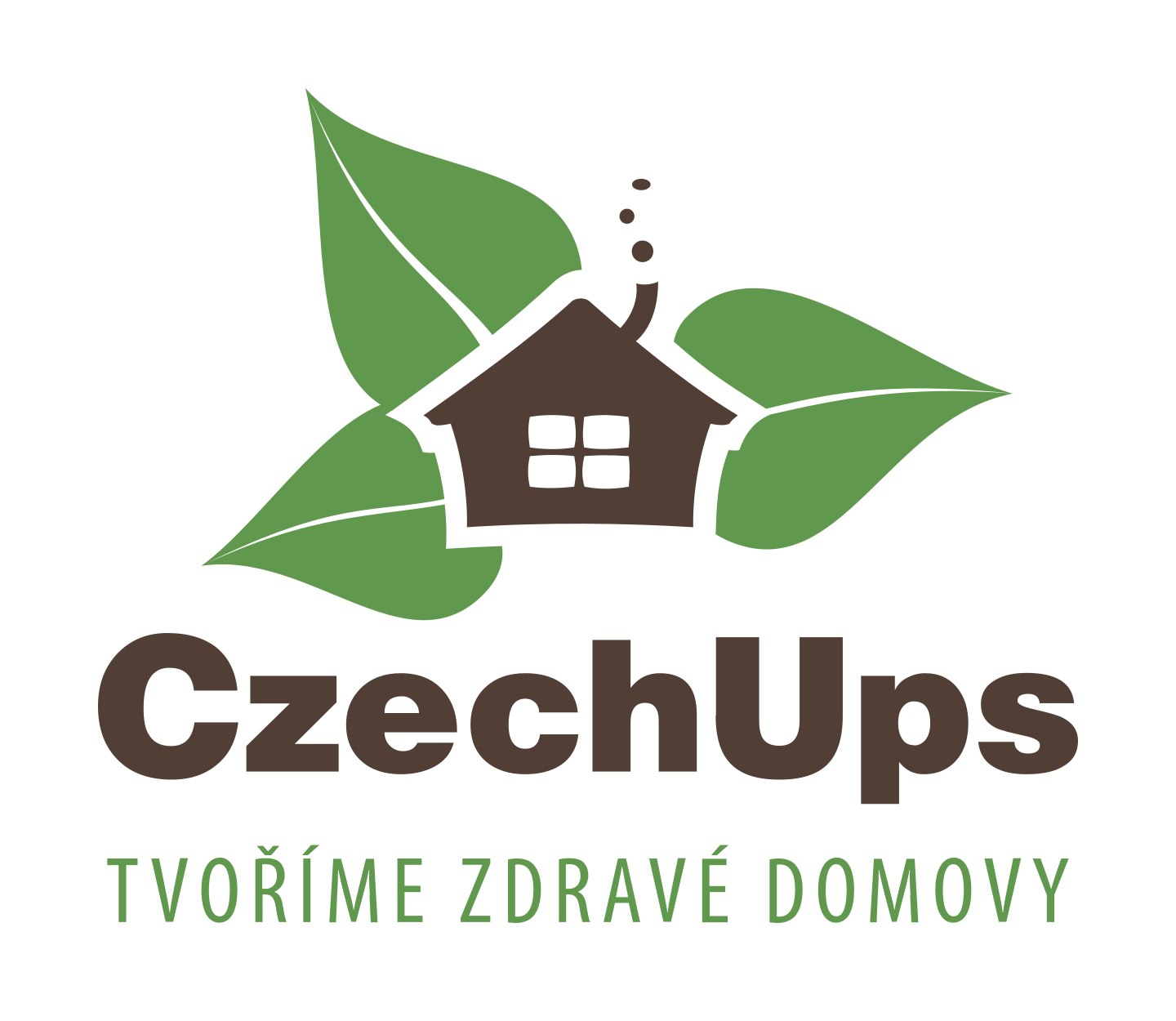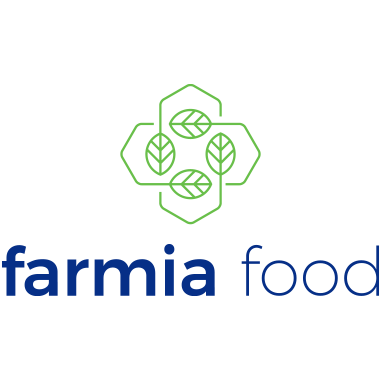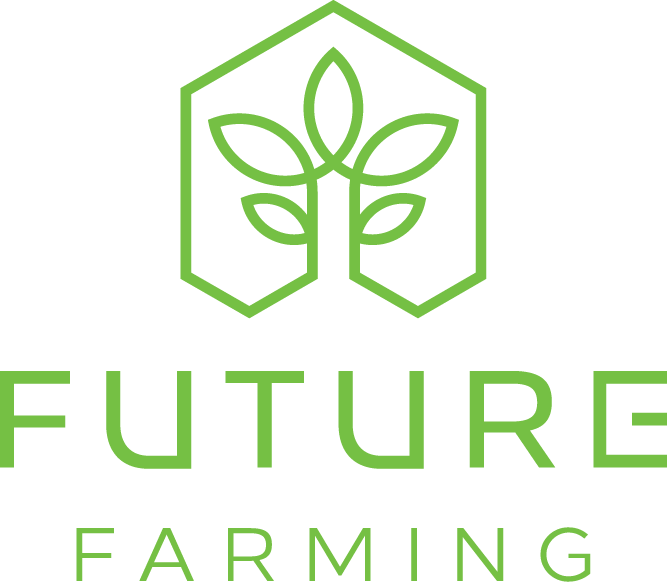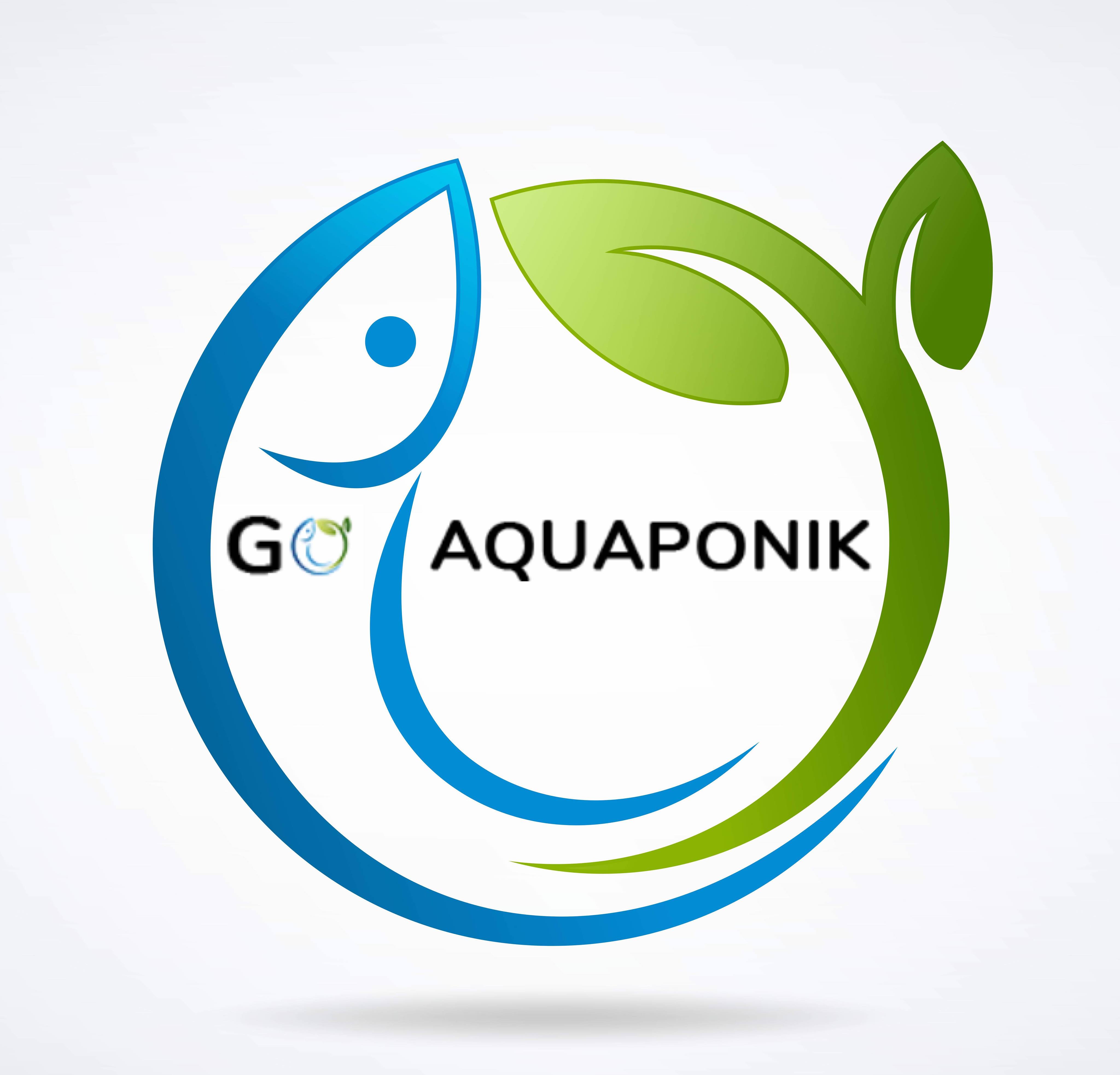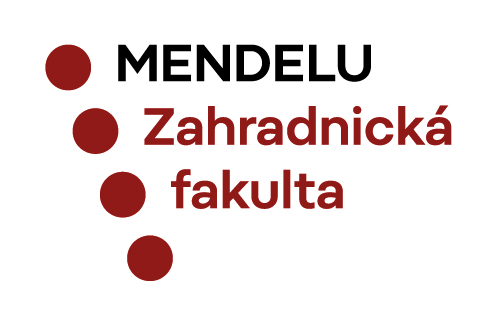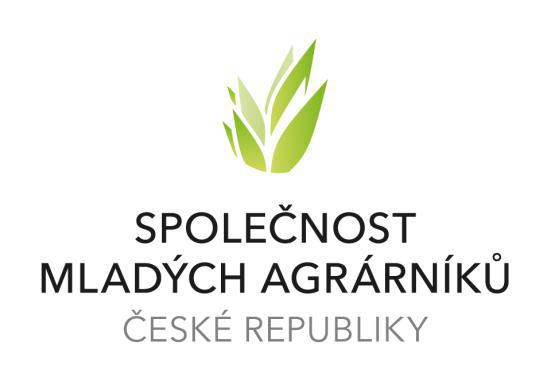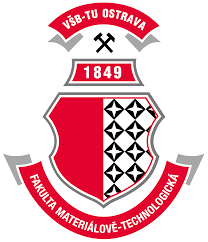Aquaponic farms can be found in many parts of the world. Countries with significant experience include the United States, Australia, and Israel, which has long been at the top of the game. In recent years, these farms have also been established in a number of European countries.
Research predominates over production
Aquaponic farms in Europe can be divided in terms of their use:
- research (at secondary agricultural schools, universities, and other scientific workplaces),
- home (small, producing foodstuffs for home use),
- commercial (medium-sized and large with production aimed at meeting demand from the general public).
Many aquaponic farms (AQF) of varying sizes currently operate only in an experimental or trial mode. The number of AQF for commercial use is on the rise, but the total is still not high. According to a survey from the Aquaponic Hub there are 50 research centers and 45 commercial farms in the European Union, of which only a few can be considered successful.
The map shows the distribution of AQF in Europe. Research centers are shown in blue; commercial farms are in red.

Aquaponics across Europe: 50 research centers (blue) and 45 commercial companies (red). (EU Aquaponics Hub 2017)
The most successful European aquaponic farm is in Austria
Located in Vienna, Blün is a great example of a farm, successfully fulfilling all the purposes of a suburban AQF:
- it is environmentally friendly,
- it efficiently uses a small area of land,
- its products are intended for the local market,
- it produces not only leafy vegetables, but fruiting vegetables as well,
- it produces associated products (such as ketchup).
Building AQF in the vicinity of large cities has a significant business potential. These farms are able to flexibly and rapidly react to the demand for fresh regional foodstuffs. Similarly, processing aquaponic products into other products brings new opportunities. Other AQF could be inspired by Blün, who produces 12 tons of fish and 10 tons of vegetables annually.
France is doing very nicely
Information about the total area and volume of production of individual European AQF are not ordinarily available. It is currently very difficult to determine the actual size of farms and their level of success or market position. Obtaining this data would require deeper research, which no one has undertaken yet.
Nevertheless, the following comparison can be compiled using available information.
AQF Name | Country | Area |
France | 10,000 m2 | |
France | 10,000 m2 | |
France | 1,000 m2 | |
France | 1,000 m2 | |
The Netherlands | 750 m2 |
Eauzons! are one of the pioneers of aquaponics in France. Their pilot farm was only built at the end of 2019, but the company has developed very quickly. Their ambition is to reach an area of 10,000 m² by 2022.
La Ferme Integrale produces its own energy needs with a photovoltaic solar installation with a total output of 100 kW.
Aquaponie.net and BlueAcres, besides operating their own farms, help to start and develop home AQF.
ACRA also engages in research and development. Their newest goal is to design a program to automatically manage aquaponics.
Other AQF worth mentioning:
- Bristol Fish Project CIC (Great Britain) - a local community supported by AQF
- Aquaponic Gardens GmbH (Switzerland) - operated by the municipality of Bichelsee-Balterswil
- Building Integrated GreenHouses (Belgium) - outdoor garden with high-tech greenhouses on the roof of the Foodmet food market
- Duurzame Kost (the Netherlands) - it also employs people who are unable to enter the job market
- Müritzfischer (Germany) - largest inland fishing company with a model AQF
Research and statistics are lacking
The attempts to change the production of food with the help of aquaponics will not be stopped – proof is in the growth of public interest and the boom of academic research in aquaponics. However, it is necessary to further study commercial farms and their successes, so a comprehensive picture can be compiled of the state of aquaponics in Europe.





